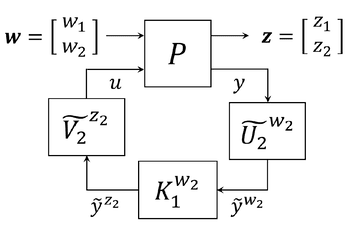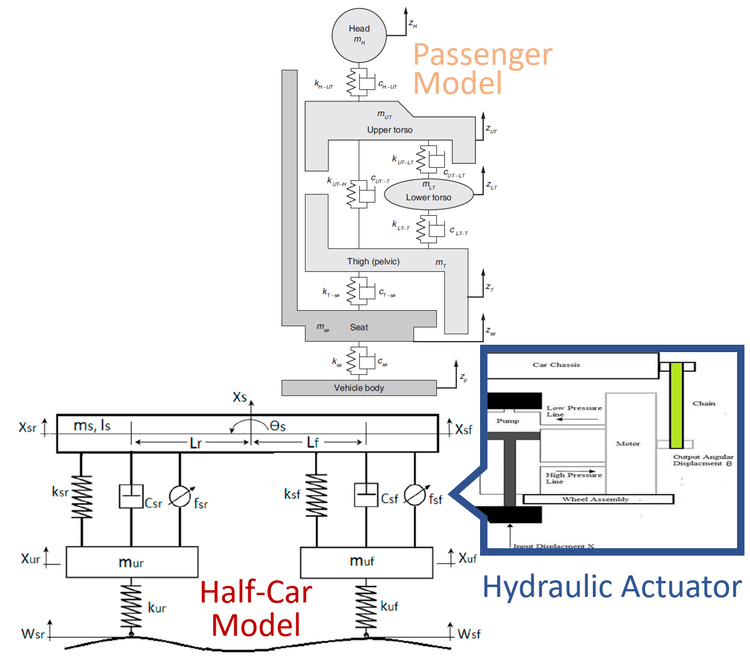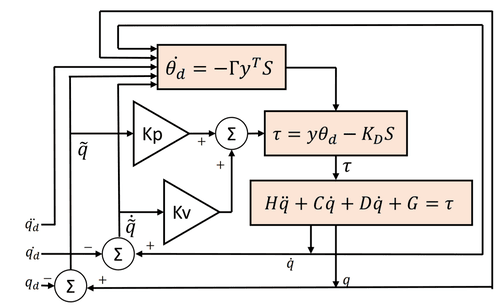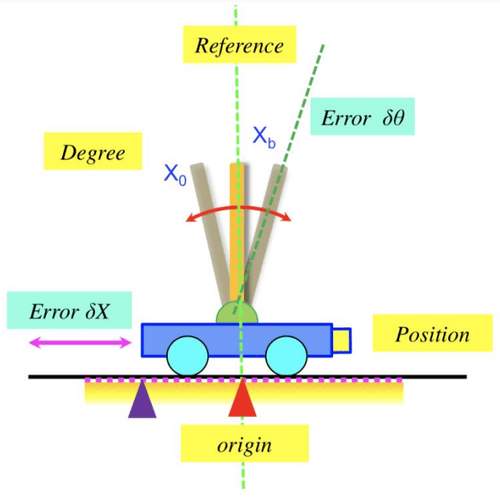Vibration Suppression of An Optical Table
This project introduces a decoupling method called Disturbance Response Decoupling (DRD) to reduce the vibration of an optical table. The DRD is extended to Output DRD and Input-Output DRD to enhance the optical table’s performance under varied simulation conditions. We first test a quarter table and then extend our analysis to a larger scale, namely the full table. MATLAB simulations demonstrate the decoupling effects of various control strategies when different disturbances and outputs are considered. All types of DRD significantly reduce the vibration of the optical tables.



